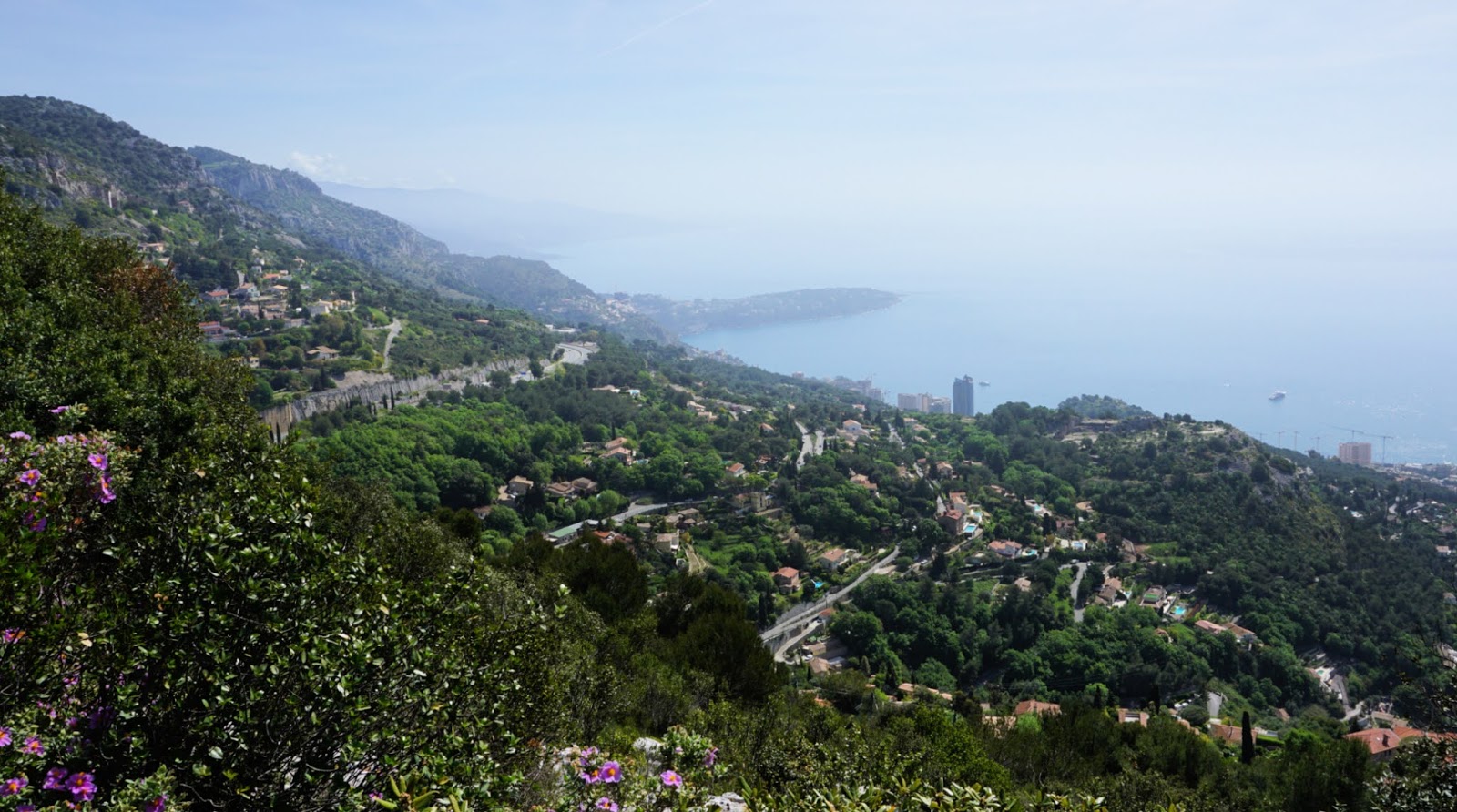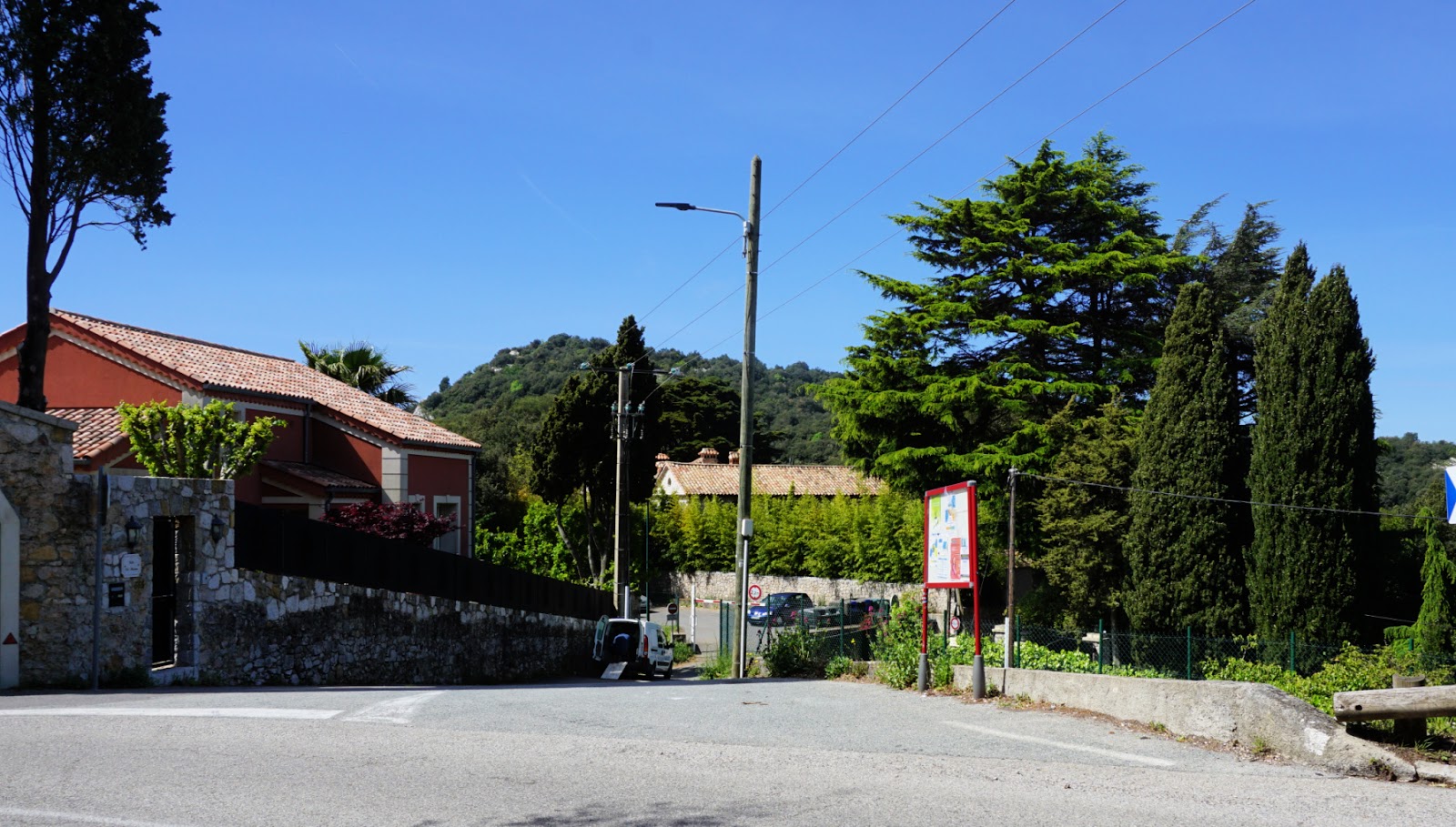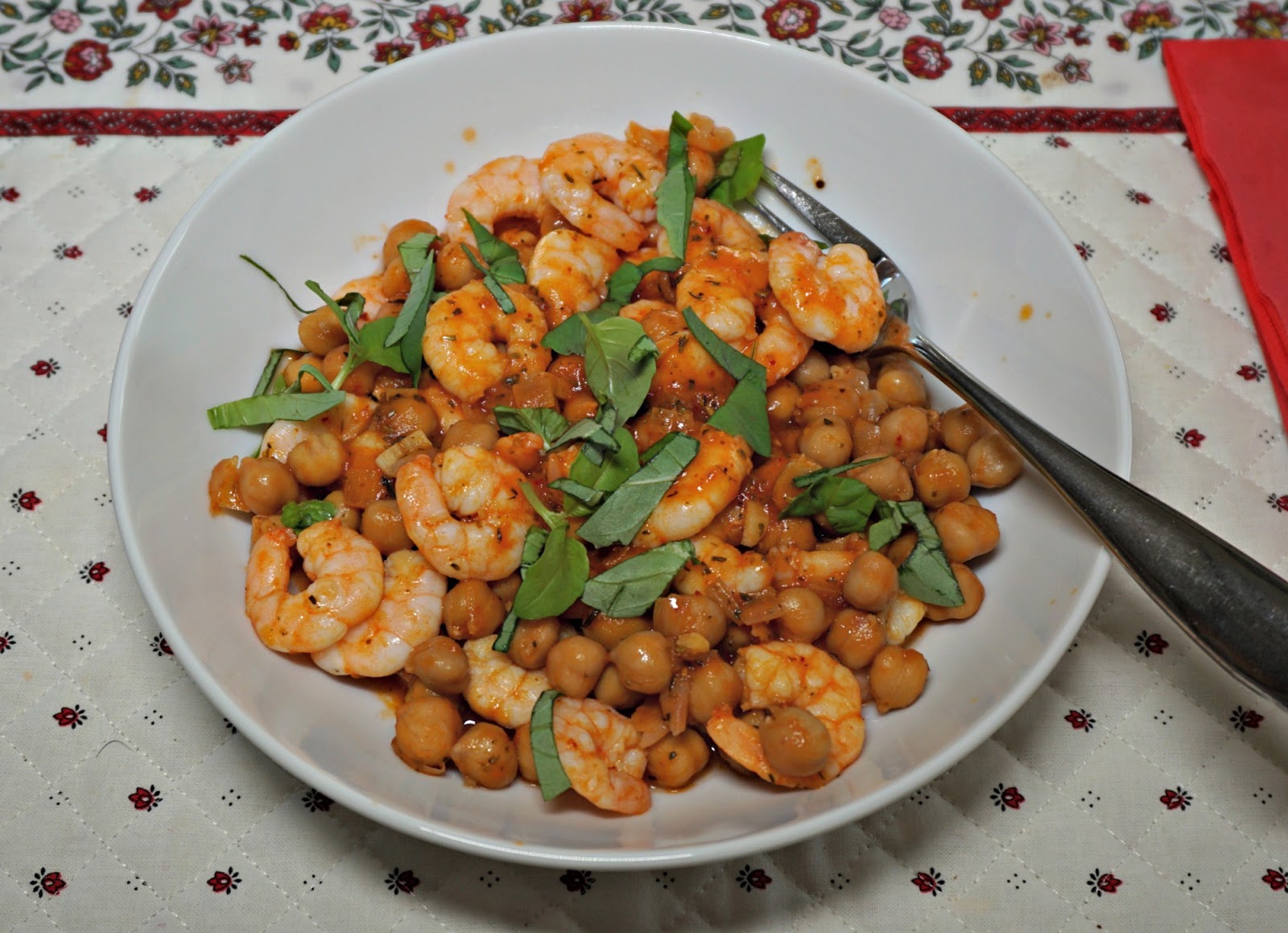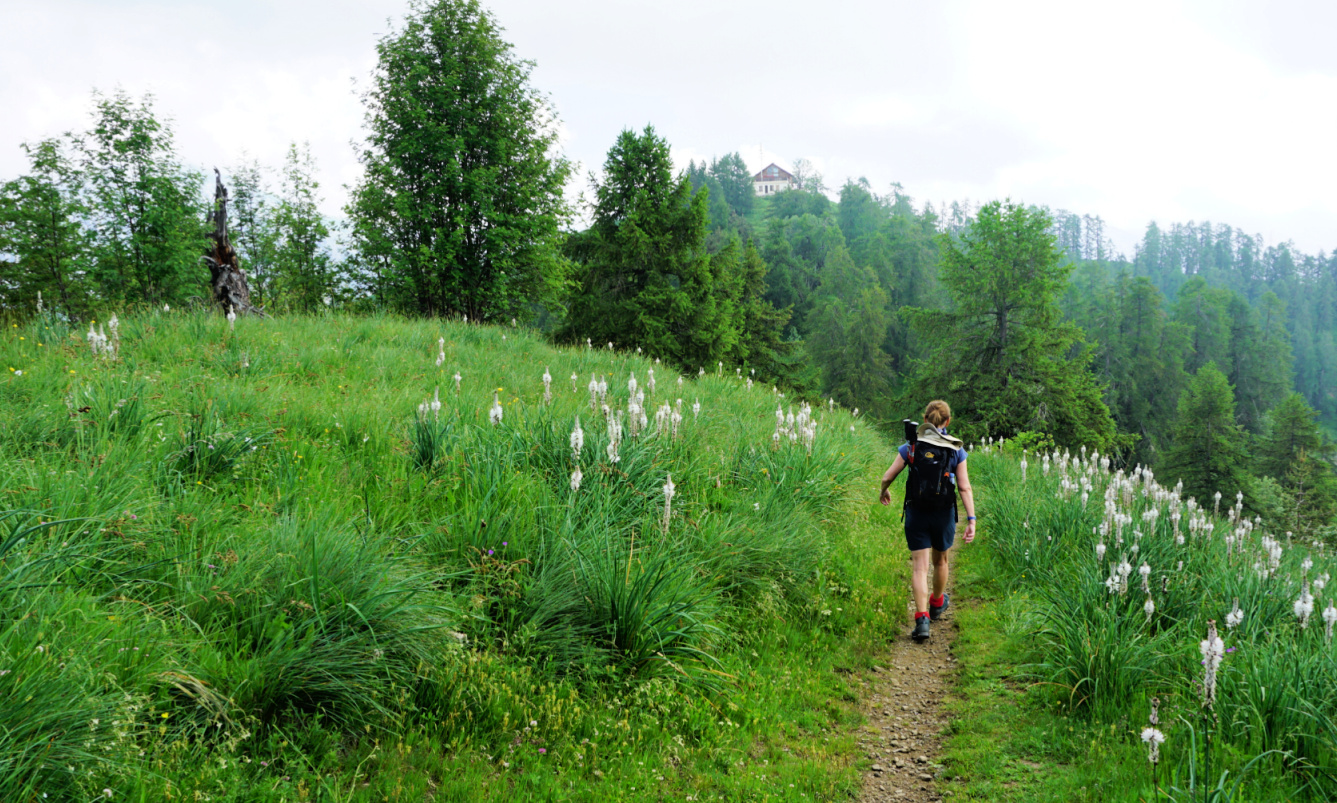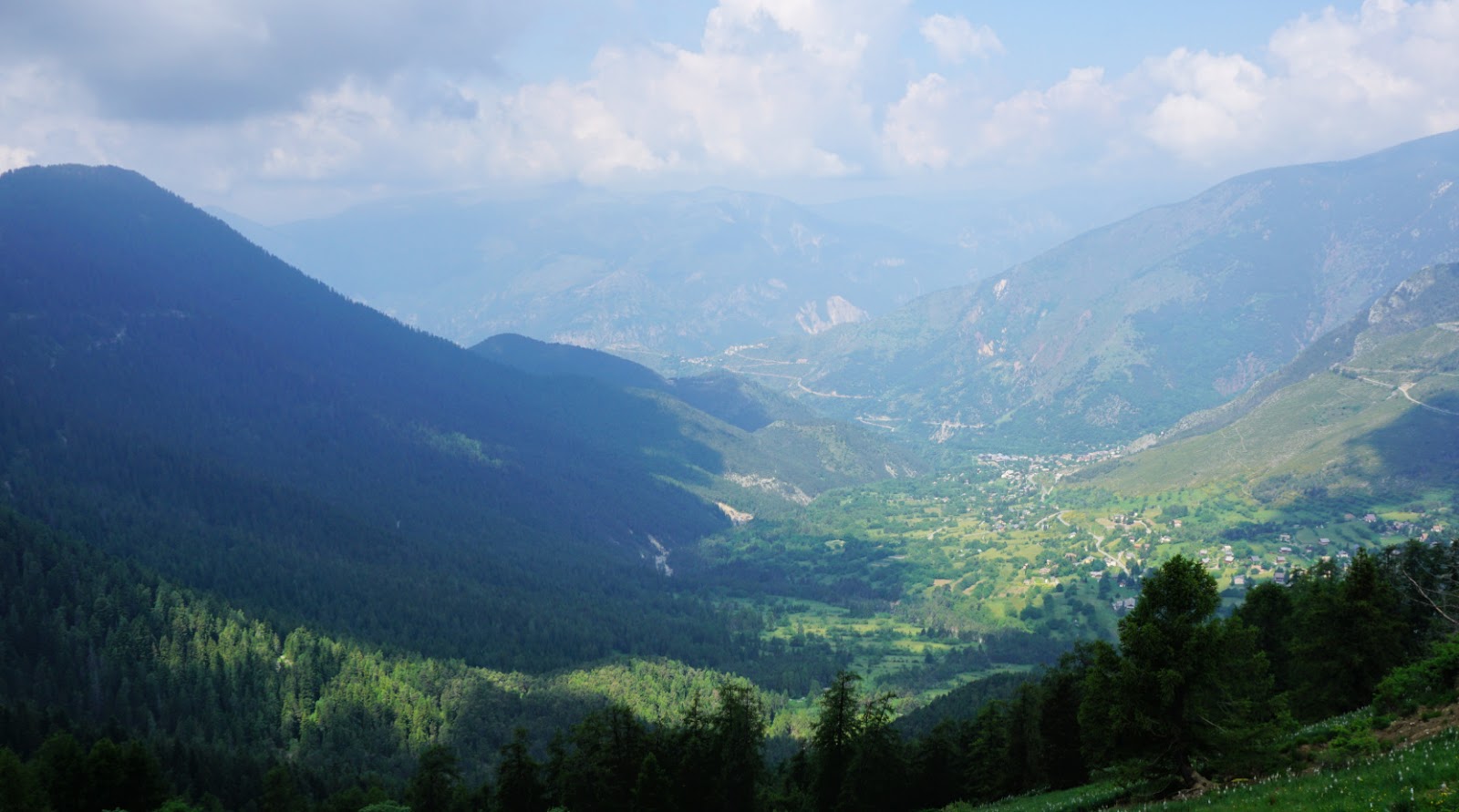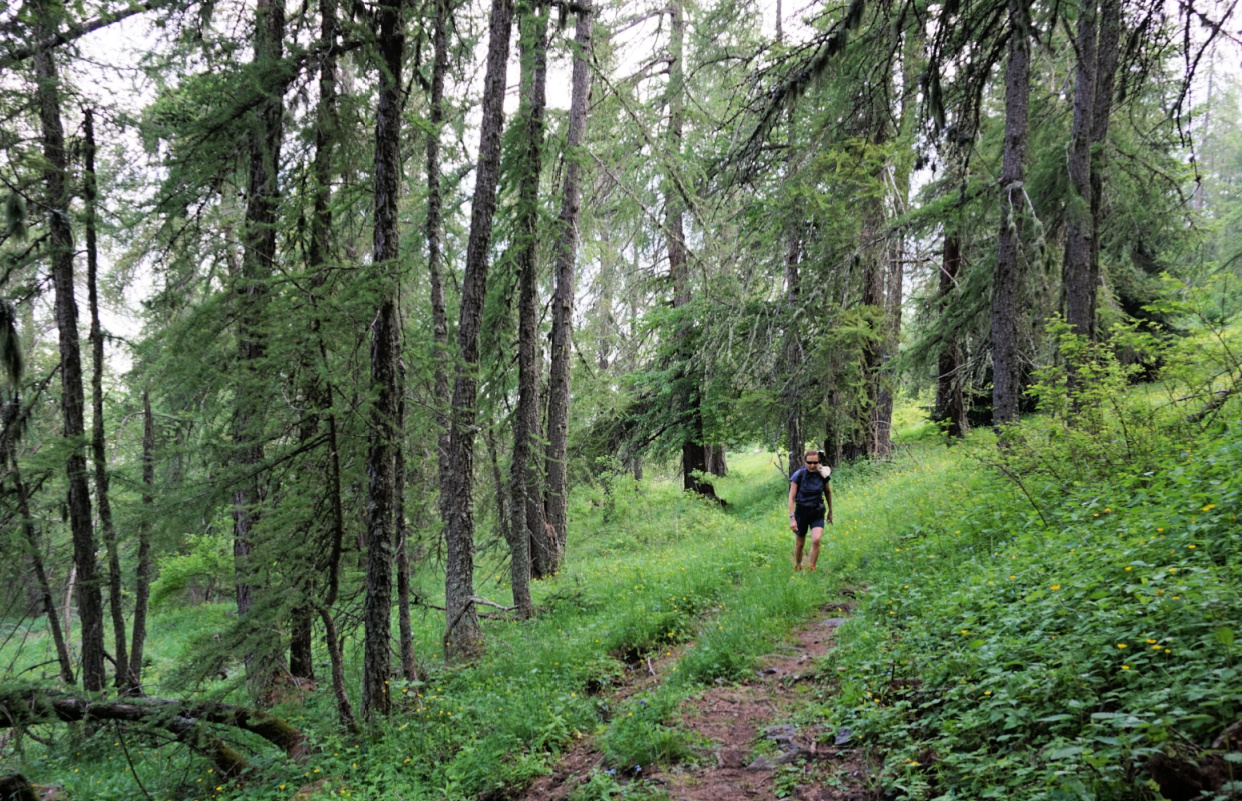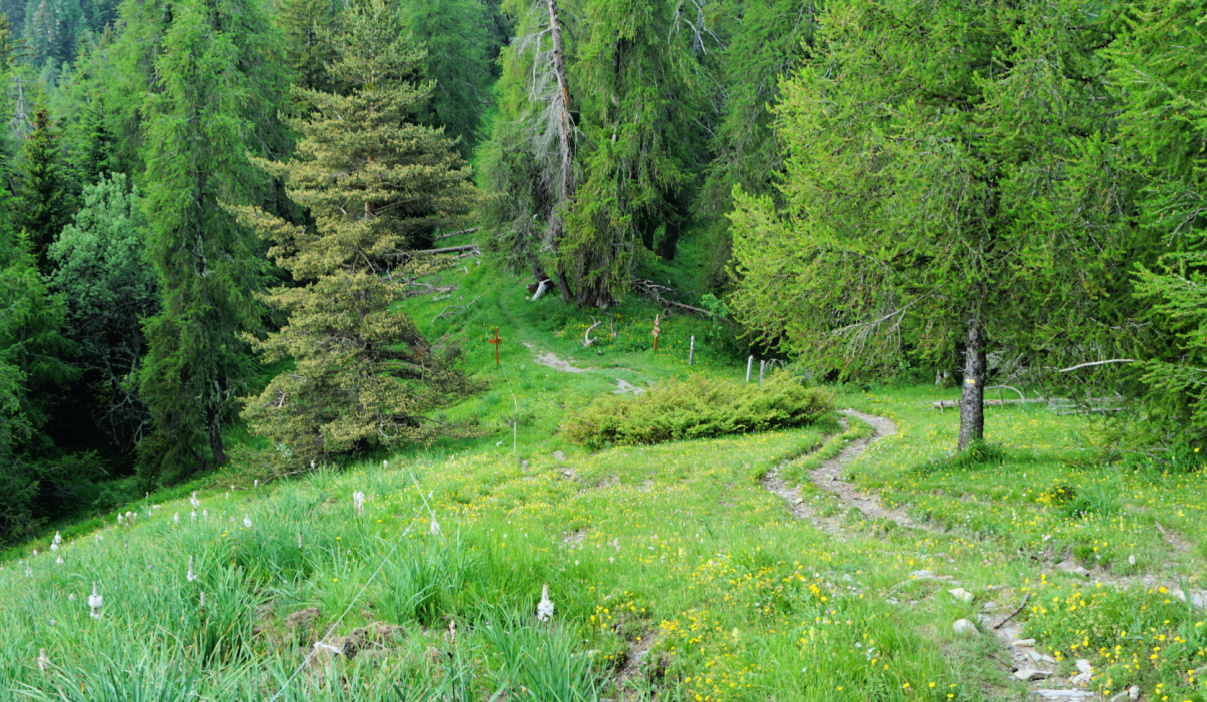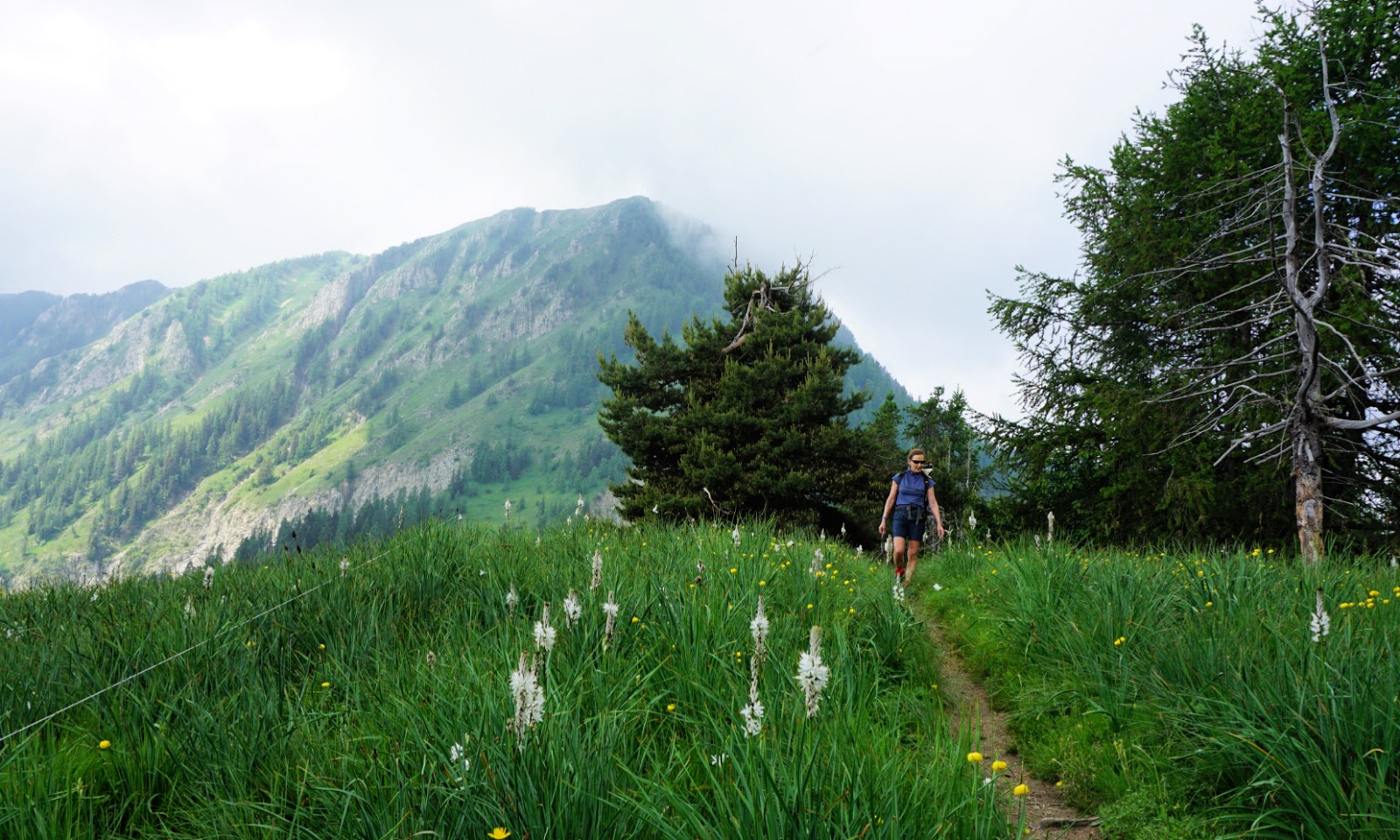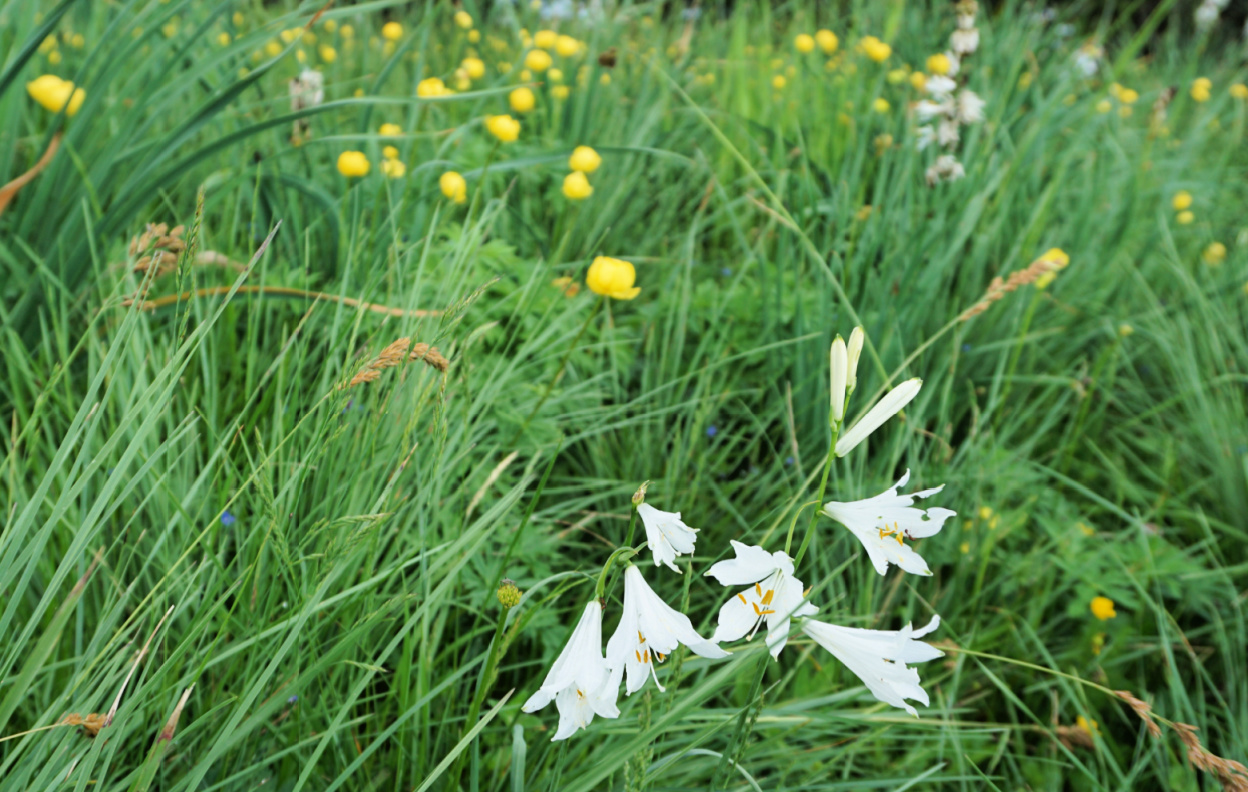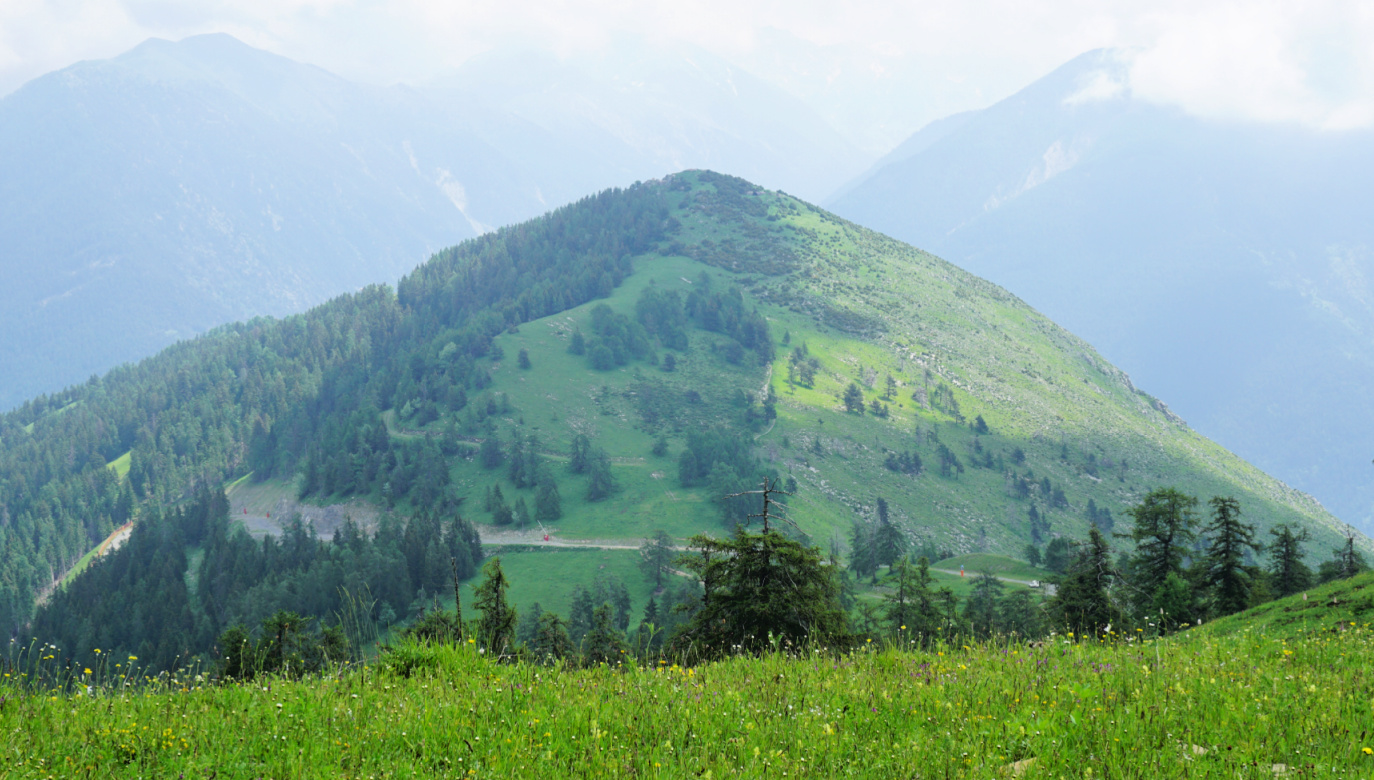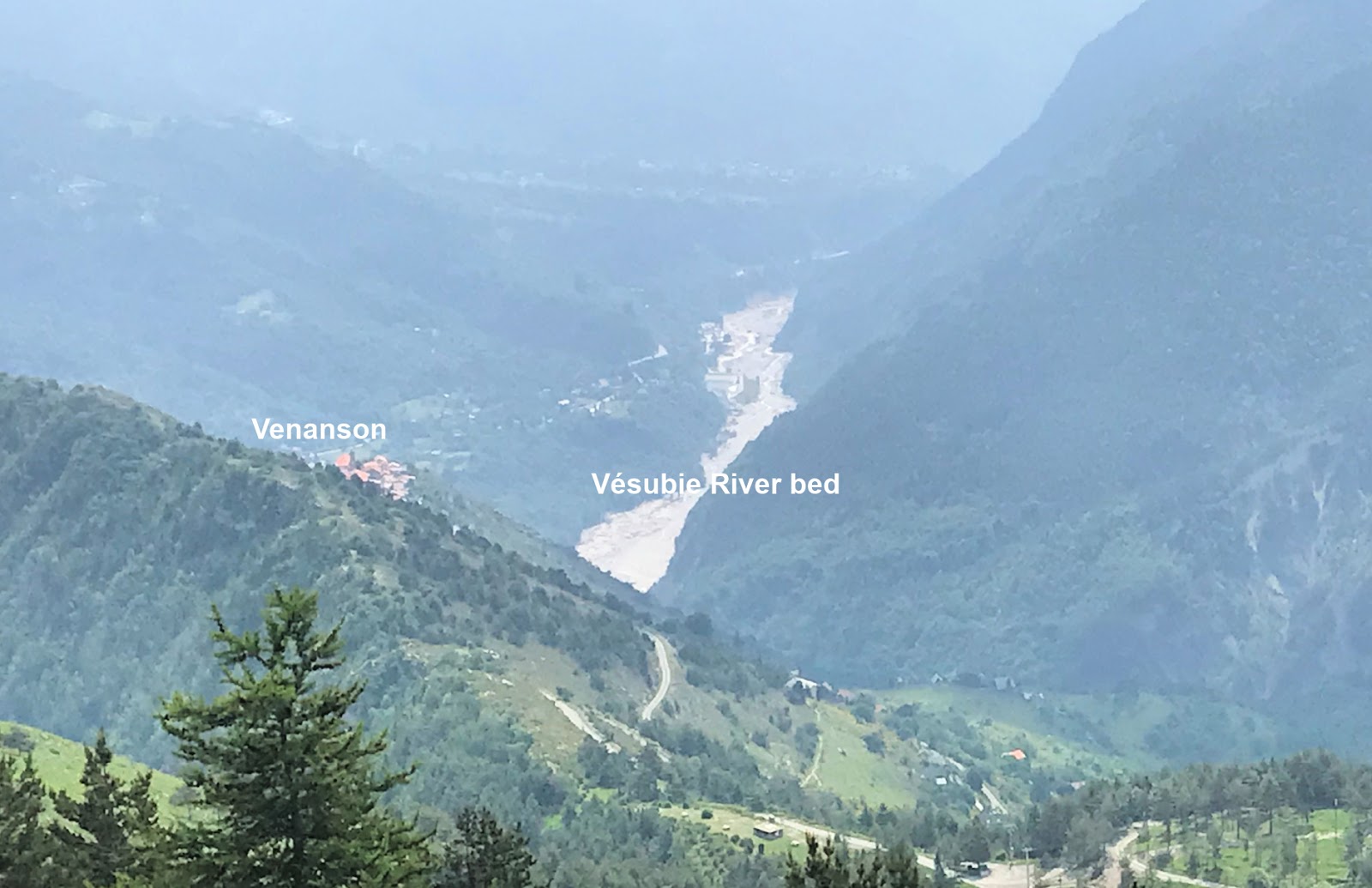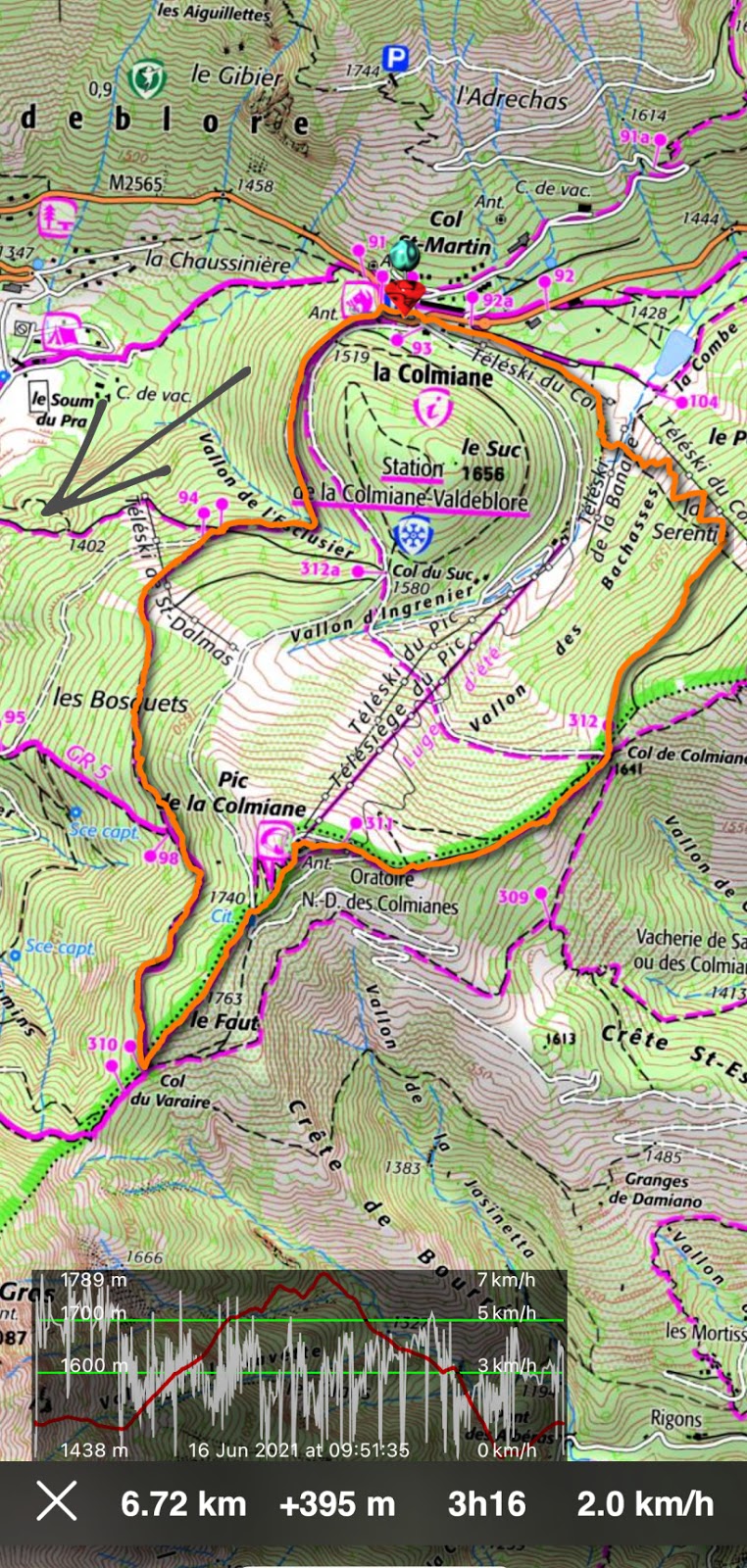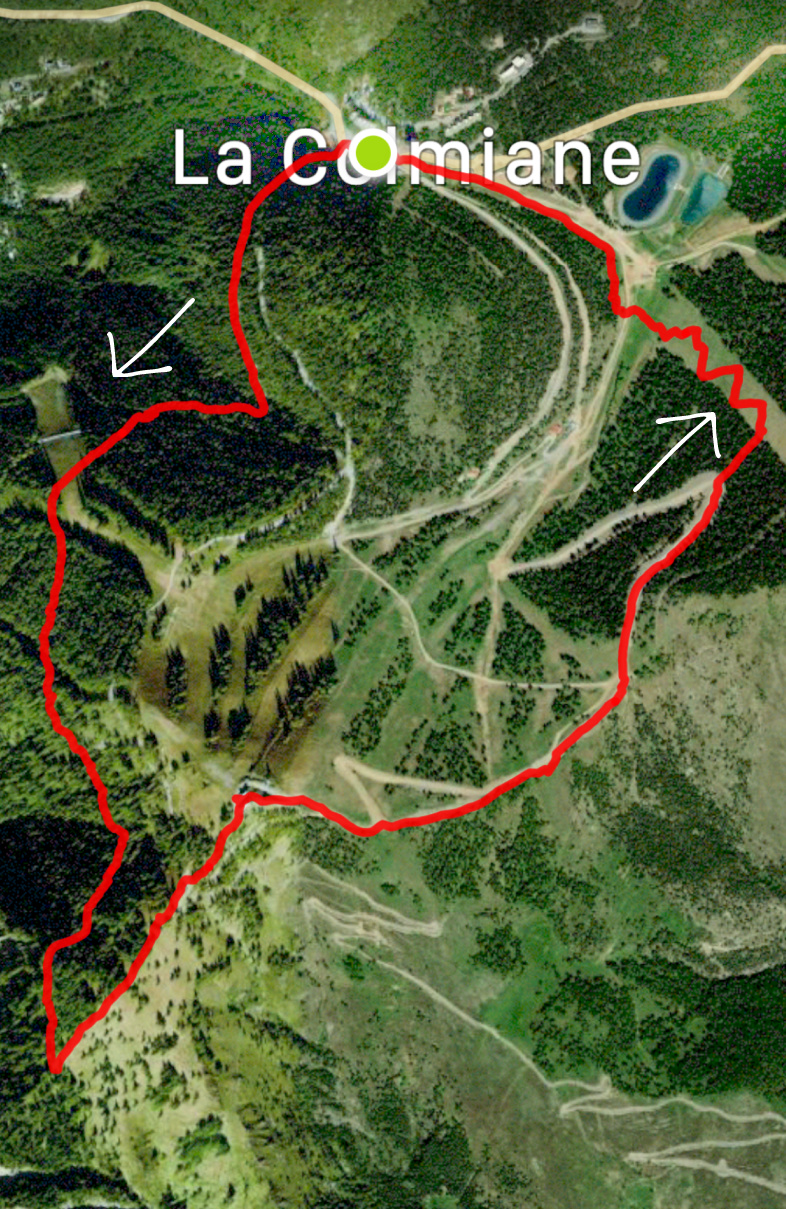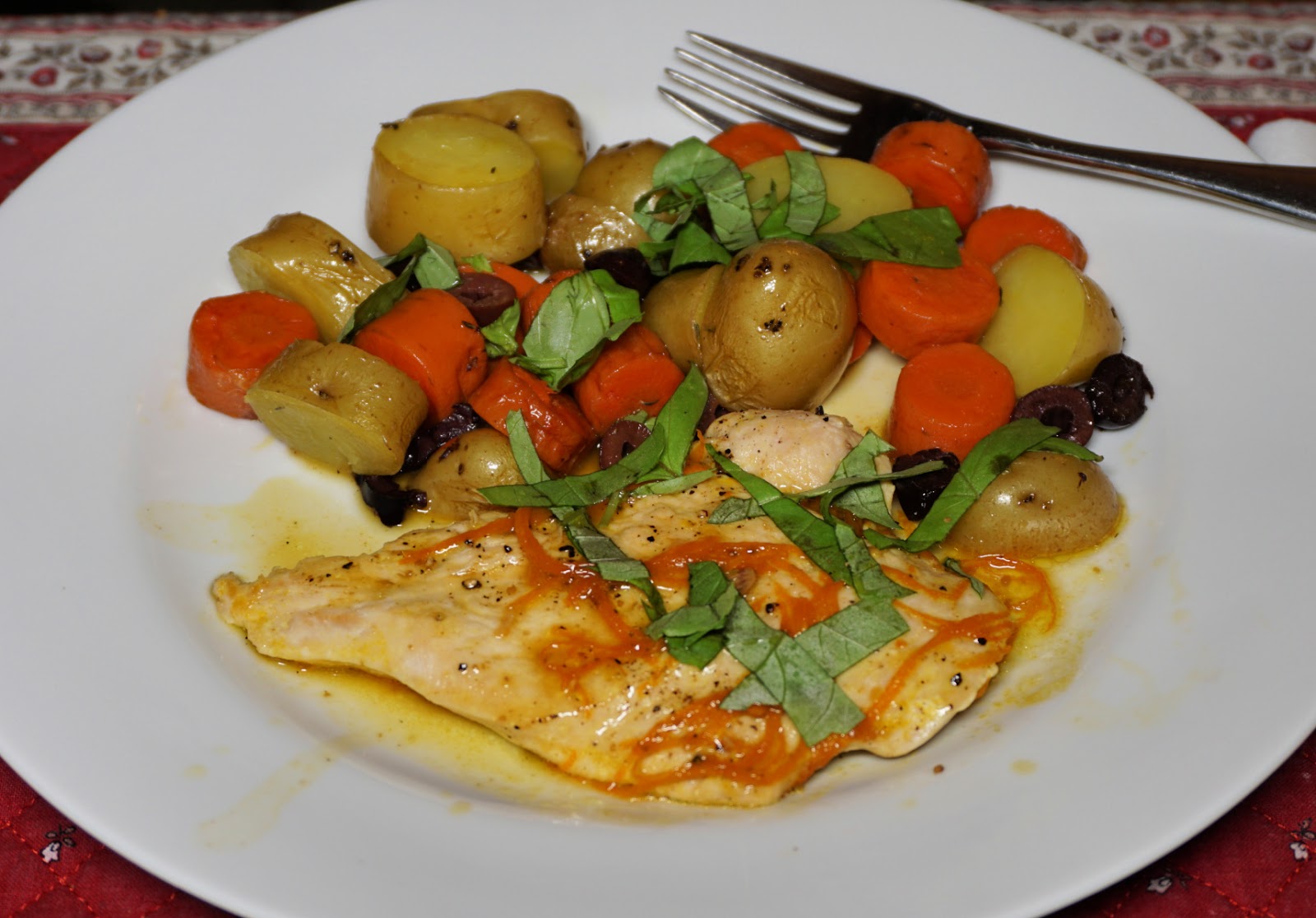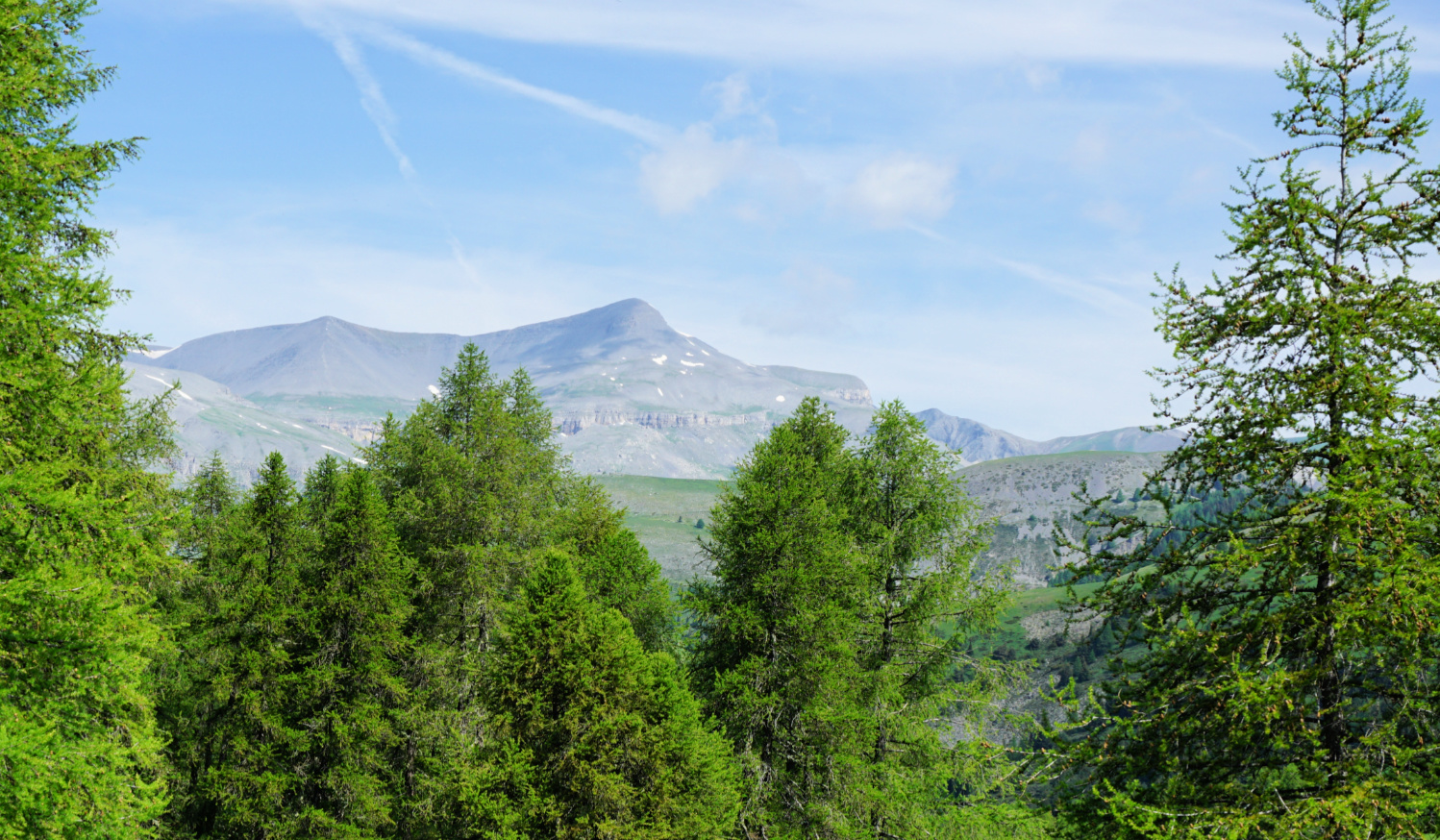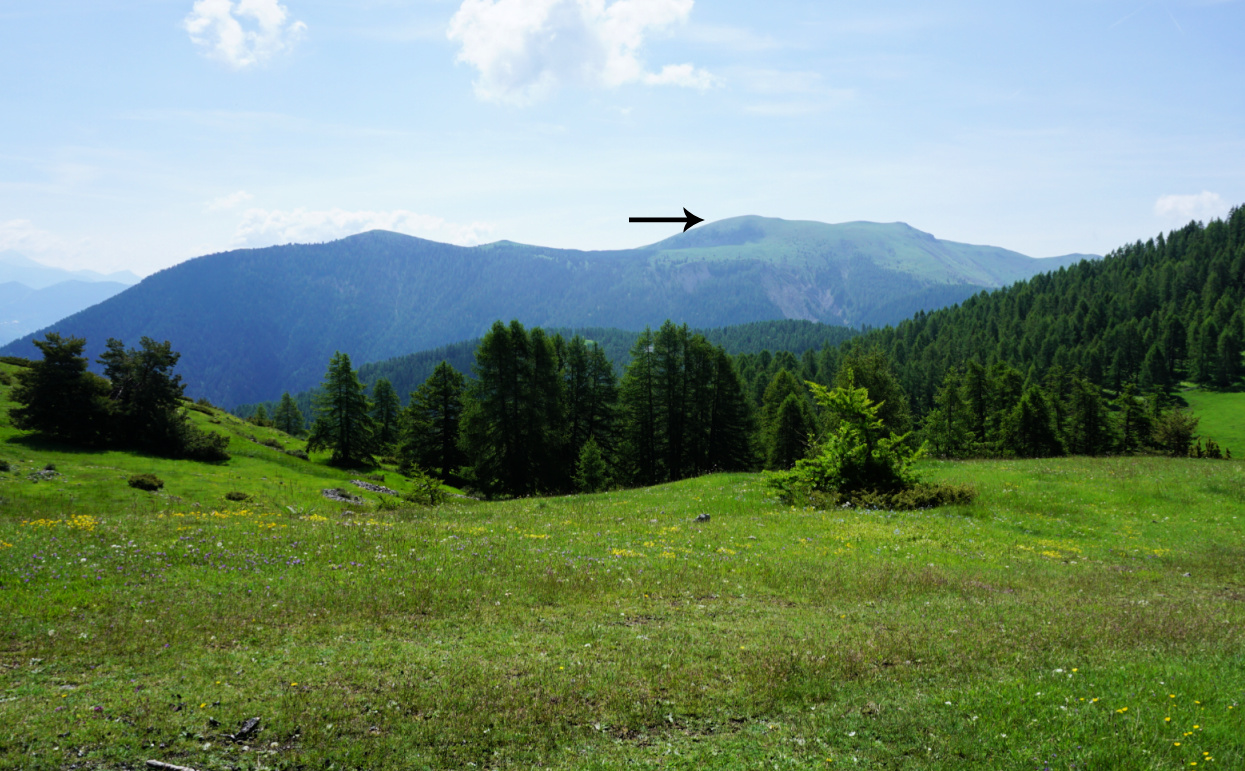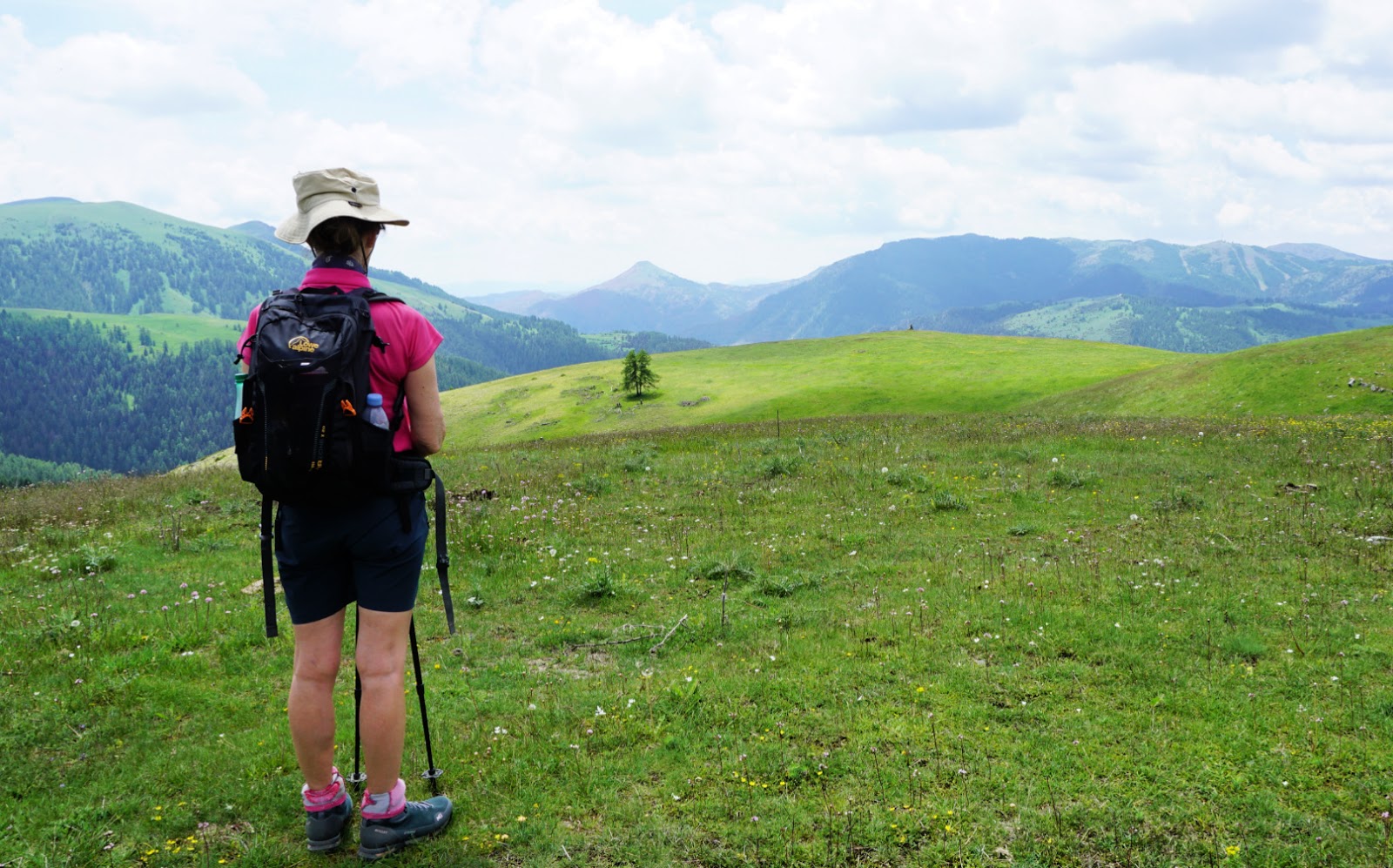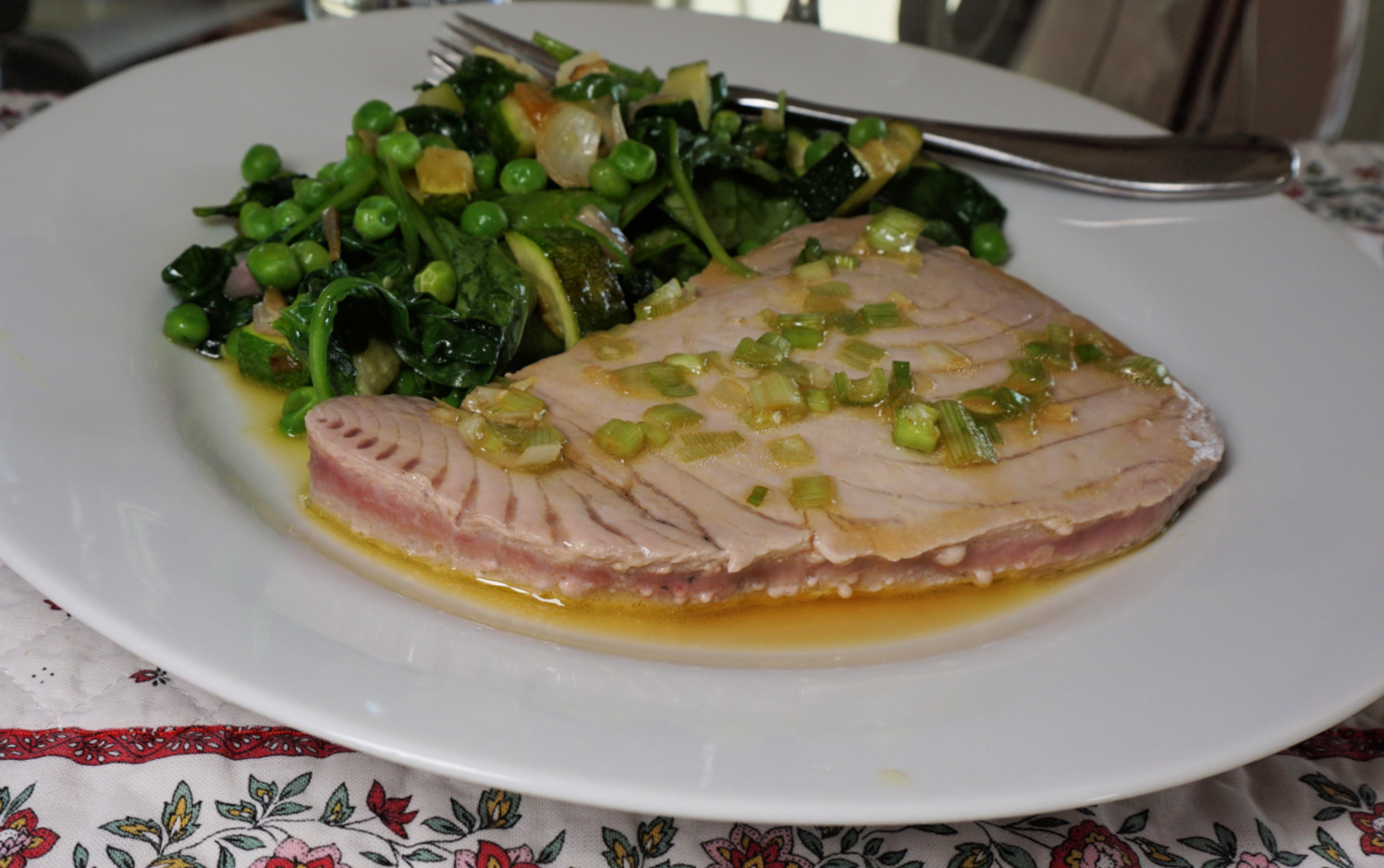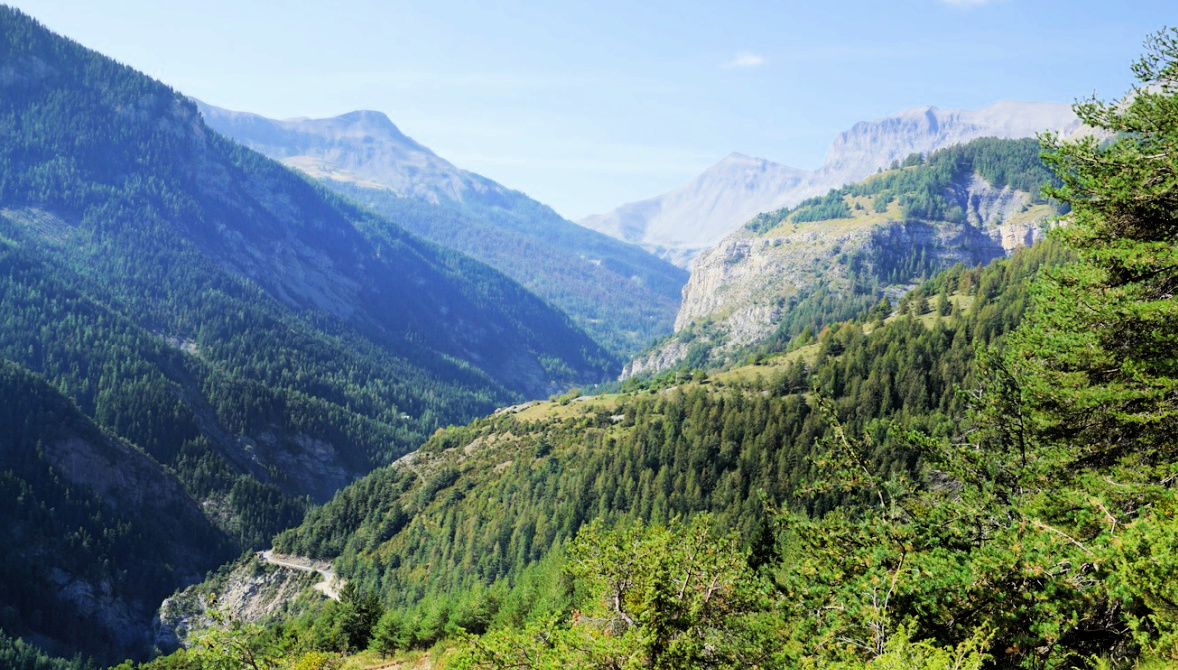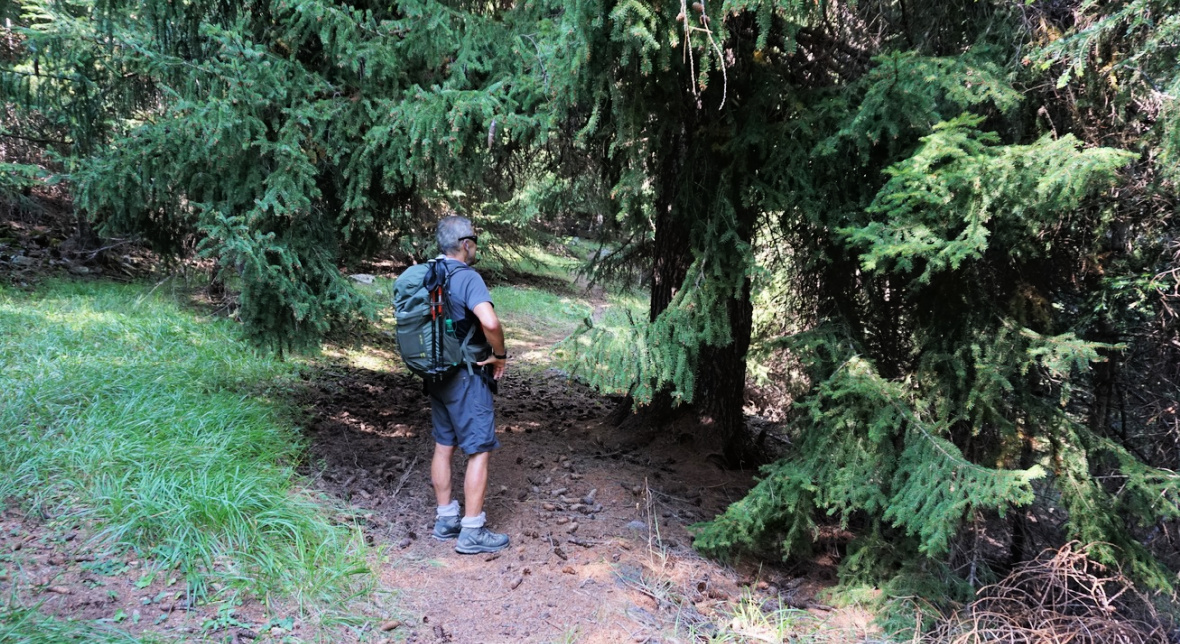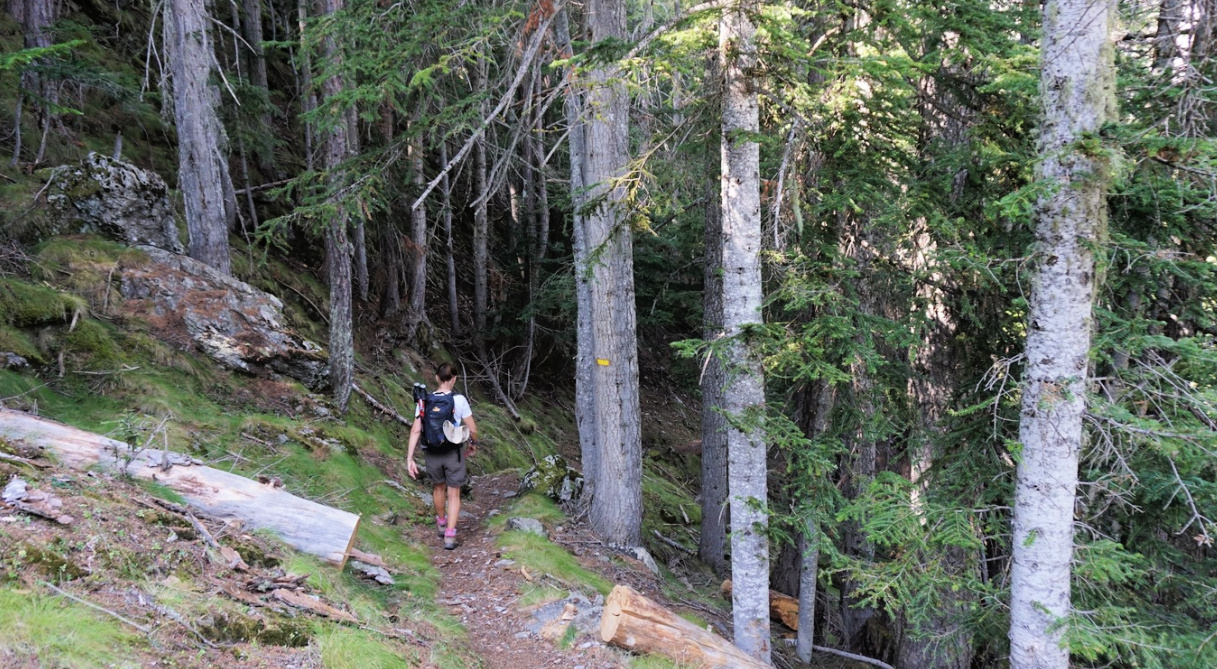Balconies of La Turbie
The following short hike above La Turbie along the GR51/51B trail offers good views from several points down to Monaco, Cap Martin and La Turbie itself. In some guides, it is rightly called les Balcons de la Turbie. A part of the trail runs inside the nature protection area called Natura 2000 (A network of protection areas of the EU).
In La Turbie, we crossed the main D2564 road to signpost #620, passed an old washing place and the Gendarmerie. We climbed along the GR51B first heading northwest then northeast and reached Mont de la Bataille (620m). The view down to the coast was great. There was nothing visible left of any bunkers etc reminding of any military history.
From Mont de la Bataille we descended in a forest to Col de Guerre (557 m; signpost #548) where we carefully crossed the D153 road. From the Col, we ascended along the GR trail, marked also as GR653A on the map. There were several viewing points by the trail, but most of the trail ran in a nice forest.
We reached signpost #547 by the D153 road. The hiking trail continued along it. There was more traffic than we had anticipated, and we did not feel comfortable walking along it any further. It marked our turning point today and we returned along the same trail.
Distance: 5,4 km
Duration: 2h 30
Climb: 360 m
Map: 3742 OT Nice Menton Côte d’Azur





